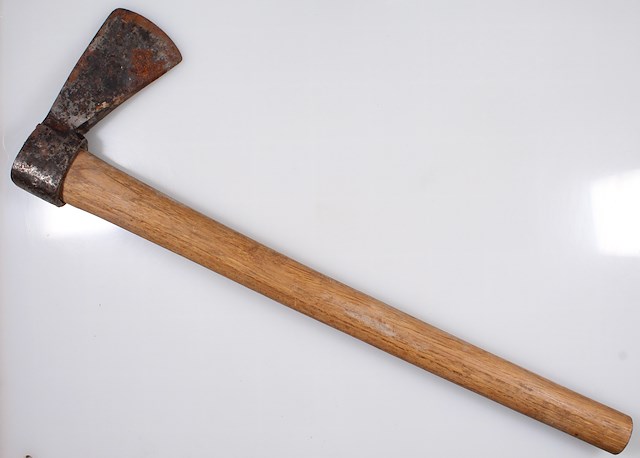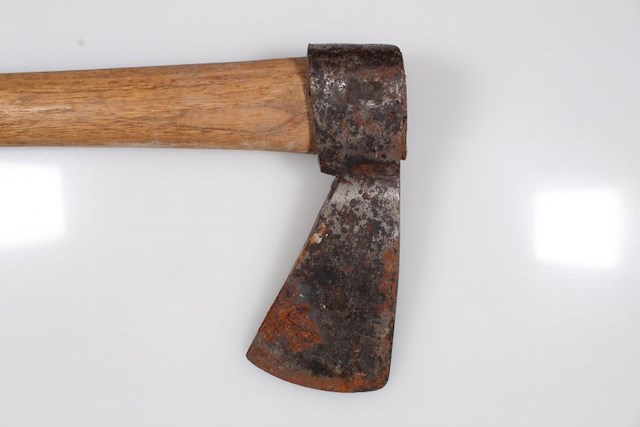
Army Trails
Explore Our Army TrailsNews and Articles
View Our News & Articles- visit
- exhibits
- army trails
- public programs
- education
- events
- news
- about
- get involved
Back
Visit the Museum
Plan Your Visit
Back
Back
Public Programs
Army 250
Back
Programs & Education
Learning Opportunities
Back
Back
![Montrésor, John. A map of the sources of the Chaudière, Penobscot, and Kennebec rivers. [?, 1761] Map.](https://www.thenmusa.org/wp-content/uploads/2025/08/iiif-service_gmd_gmd373_g3730_g3730_ar083800-full-pct_25-0-default.jpg)

